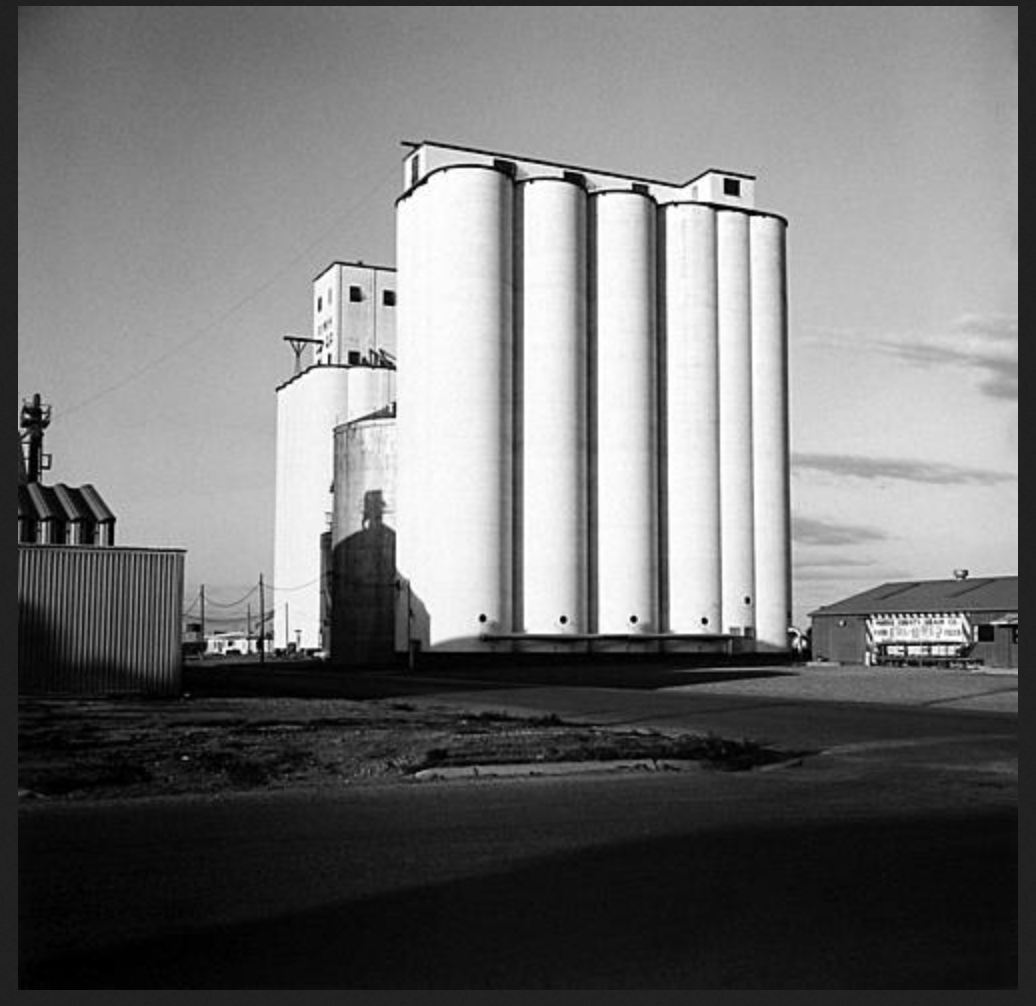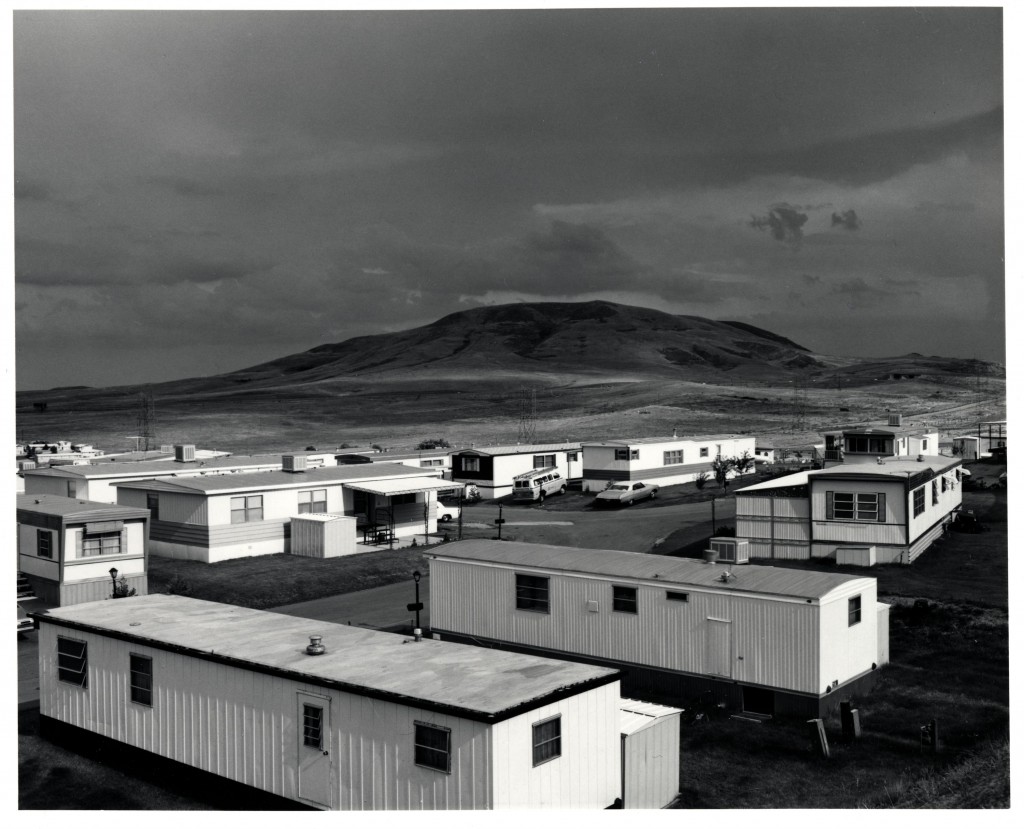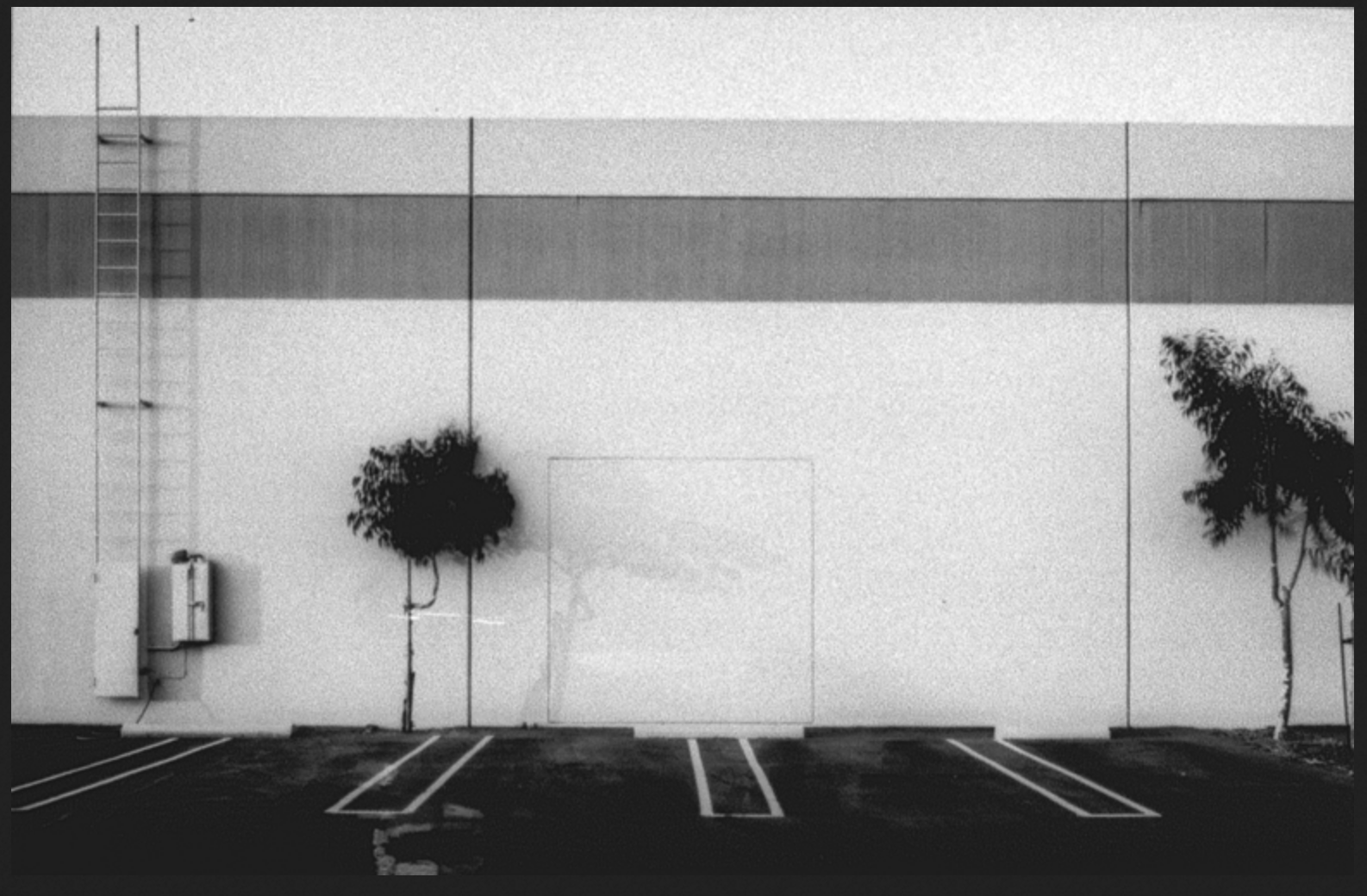'New Topographics' - Looking at Deadpan landscapes.
"New Topographics" referred to "Photographs of a Man-Altered Landscape", and included works by Frank Gohlke, Robert Adams, Stephen Shore and Lewis Baltz which presented an interest in the created landscapes of 70s urban America.
Their stark, beautifully printed images of this mundane but oddly fascinating topography was both a reflection of the increasingly suburbanised world around them, and a reaction to the tyranny of idealised landscape photography that elevated the natural and the elemental. In one way, they were photographing against the tradition of nature photography that the likes of Ansel Adams and Edward Weston had created.
(Eva Kalpadaki ) https://www.facebook.com/EvaKalpadakiBrightonPhotographyCourses/
As far as I can see, Deadpan photography is a cool, detached, and unemotional presentation as well as being a potential partnership between the artist and the audience.
Charlotte Cotton suggests “The essence of the style is neutrality, the photographer is saying “this is it”, “this is the way it is”, “what do you think?”
The viewer is invited to make their own investment of context and subjectivity and together we find the art hidden behind the neutral screen.
Upon learning about the Deadpan approach, I was thrilled to realise there were elements of this style I already adopted when photographing industrial and architectural sites - landscape photography was beginning to win me over. I enjoy flattening an image, possibly giving it an abstract quality, framing the mundane and banal - unfortunately; without a large format camera. The huge size of many of the Deadpan images produced from 1970s onwards are rich in detail and technical ability, something mine are obviously lacking.
So for my response to the following concept:
#2
Landscape is where the human and the natural worlds connect. Framing landscape as a manmade construction: an artifact of the way we live, a projection of human actions, ideals and aspirations onto the horizon.
I decided to show a small part of my investigations into Brutalism - a visit to Southmere, part of the Thamesmead Estate. I do take on board that not every image follows the Deadpan ideals. However, for me, it was about the relationship between nature and human influences on a socially and economically changing environment that I was primarily interested in.
Brutal Waterside Living
The idea of developing the area to the east of London’s ports was first suggested by the Greater London Authority in the 1960s. A team of architects, planners and engineers came up with a plan to house 60,000 people in the area formerly occupied by the Royal Arsenal – a riverside marshland with an abundance of abandoned buildings.
The idea of developing the area to the east of London’s ports was first suggested by the Greater London Authority in the 1960s. A team of architects, planners and engineers came up with a plan to house 60,000 people in the area formerly occupied by the Royal Arsenal – a riverside marshland with an abundance of abandoned buildings.
Artifical lakes and recreational areas would be surrounded by low- and high-rise housing, schools, shops and health centres, all linked by pedestrian pathways at different levels. A waterside utopia.
The architects tried to solve problems that plagued many post-war estates – trying to encourage contact between neighbours. Ground floor areas were generally left for garages as the former marshlands were susceptible to flooding.
Following a public poll the name Thamesmead was voted for.
It wasn’t easy to get a home in Thamesmead. There were strict conditions and so for the first decade of its existence, the area was home to a largely white, middle-class population.
Unfortunately the original vision for the area, which included an international yacht harbour, transport infrastructure and further phases of housing and commercial space, was slowly abandoned throughout the 1970s. This was mainly due to economic reasons. Construction costs exceeded those estimated, and at the same time a recession came pushing further development to the back of the political agenda.
In the end only the Southmere area was properly completed and by the end of the decade it had become a sink-estate. A place where local councils sent troubled families and individuals desperate for housing. Things quickly deteriorated. The walkways became unwalkable. The lake became unswimmable. The lifts became unrideable. Thamesmead had become another post-war housing failure.
So for its future? It is undergoing complete demolition and new housing of mixed tenure are being developed. Southmere is boarded up and the diggers are moving in.
Meanwhile in the surrounding area canoeing lessons happen for the local school children, people still live in the cobbled together cheap low-rise homes and brutal high-rises and the primary school is still being attended. Where will these residents be living in a few years from now, these are their homes after all.
Riverside living may well be desirable again, lets hope it is attainable for all.


